Parsley (Petroselinum crispnum) is a versatile herb that is flavorful and easy to grow in addition to your vegetable garden. The plant can provide natural pest control by attracting beneficial insects. It is also a natural pest repellant mutually beneficial to many crops in your garden.
30 Parsley Companion Plants
1. Asparagus

Asparagus (Asparagus Officinalis) benefit the most when planted with parsley. They have a symbiotic relationship and grow more vigorously, and parsley keeps asparagus beetles off the asparagus plants.
The best way to take advantage of these two plants growing together is to plant parsley between the rows of Asparagus every year. This way, you can harvest fresh Asparagus free of pests like asparagus beetles in between growth.
2. Tomatoes

Tomatoes (Solanum Lycopersicum) are another excellent parsley companion plant. Parsley attracts hoverflies that prey on aphids that can attack tomato plants. Aphids are common pests that love tomatoes, so plant parsley nearby to get rid of them. By doing this, the hoverflies that stay on the parsley will eat up the aphids and help to clear your garden.
3. Apple Tree

Apple Tree (Malus Domestica) is a hardy, deciduous woody perennial tree that grows best in winter and moderate summer conditions. Apple trees suffer from pests similar to pear, and as a result, they benefit from parsley.
The fruits of apple trees are vulnerable to codling moths, and the gypsy moths feed on the leaves. However, these two moths prey on the braconid wasp attracted to parsley flowers.
4. Pear Tree
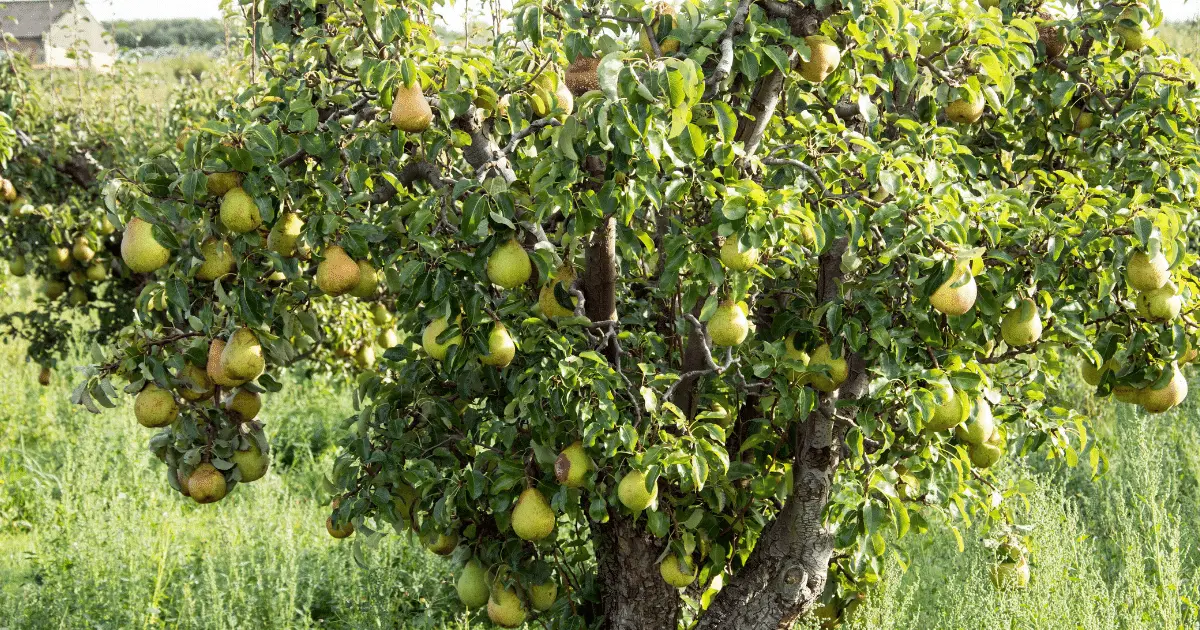
Pear Tree (Pyrus) is one of the most common backyard fruit trees and a great choice in many climates. Parsley attracts beneficial predators that will keep pests off your pear trees. These predators include braconid wasps that will eat up gypsy moth that feeds on the pear trees.
5. Corn
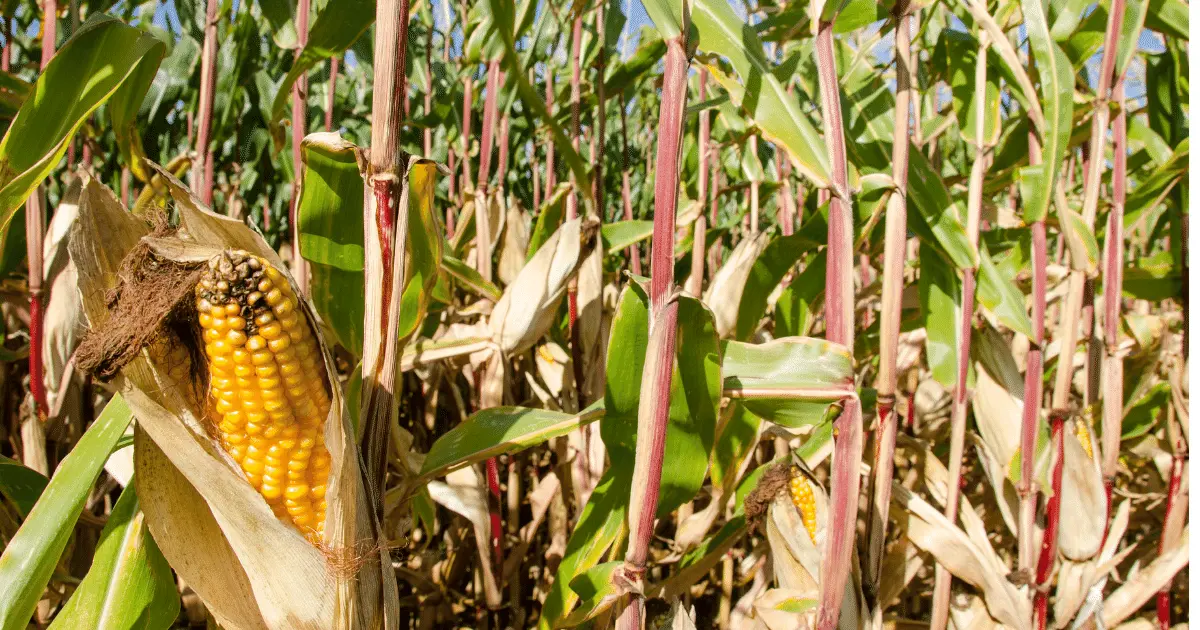
Corn (Zea mays) is vulnerable to corn earworms, cutworms, and armyworms. Planting parsley will attract parasitic wasps and tachinid flies that hunt these worms.
6. Peppers
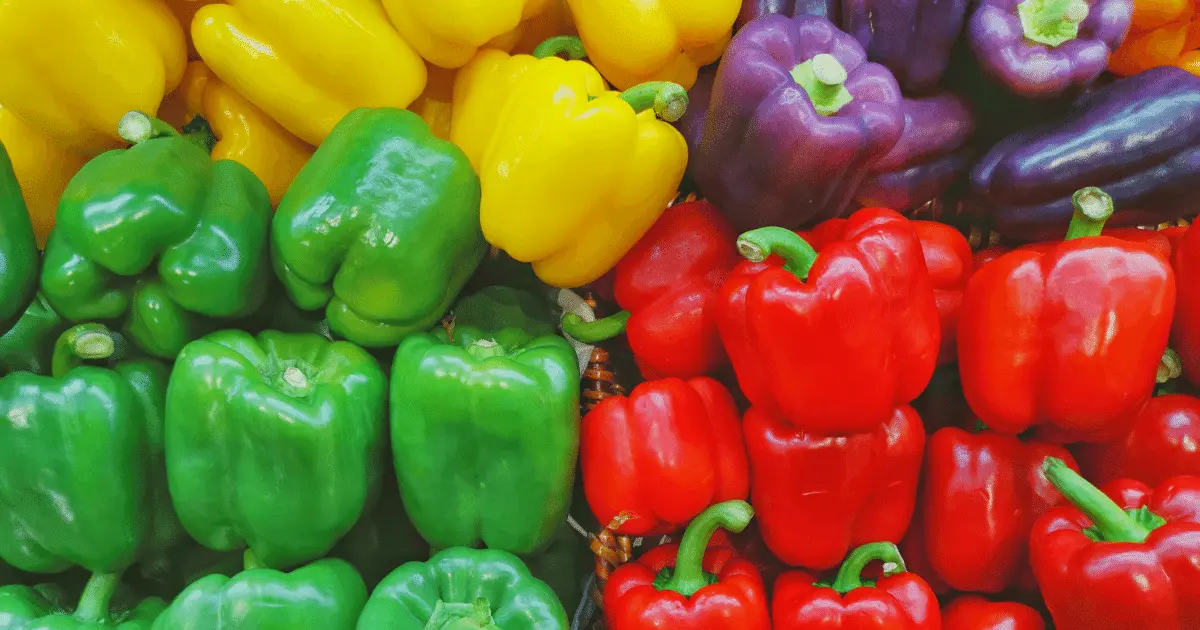
Like corn, Pepper (Capsicum annum) is also vulnerable to corn earworms, aphids, and armyworms, all of which parsley can help deter. Although peppers can repel most pests on their own because of their scent and taste, but pests like aphids and beetles still find their way around.
7. Roses

Roses (Rosa spp) and parsley make a perfect combination. Parsley helps to attract tachinid flies and hoverflies that will feed on the sawflies and help to keep your rose bushes nice and healthy.
8. Basil
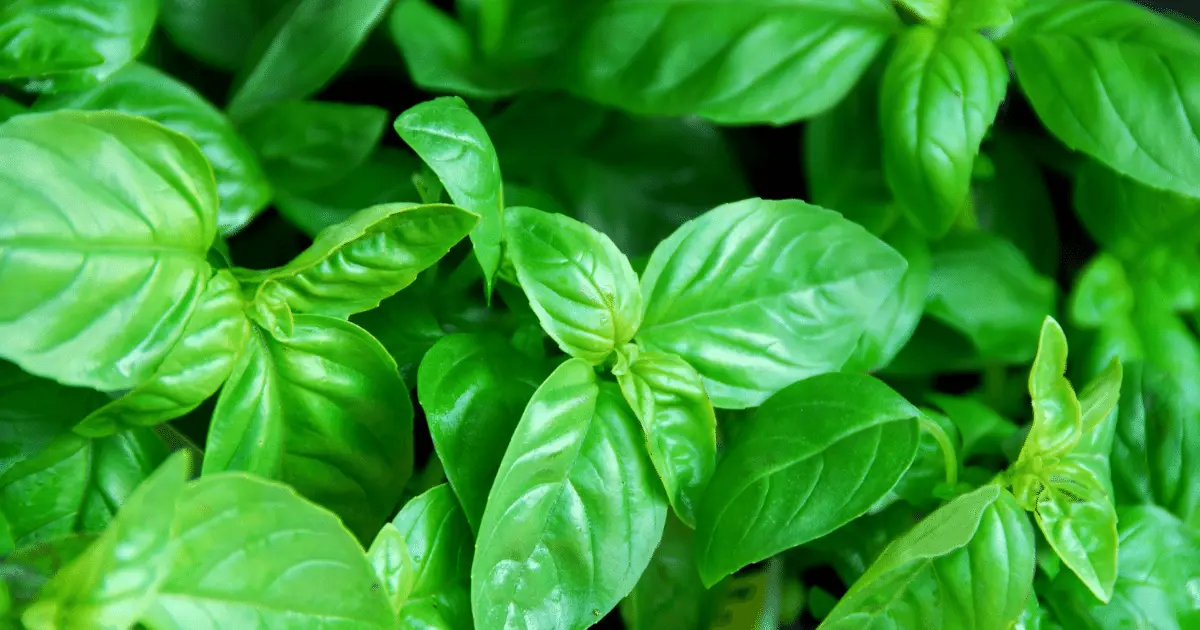
Basil (Ocimum basiculum) and parsley can be planted together to repel asparagus beetles. These plants have similar requirements for both sun and water, and also, they both need consistent moisture to thrive.
9. Chives
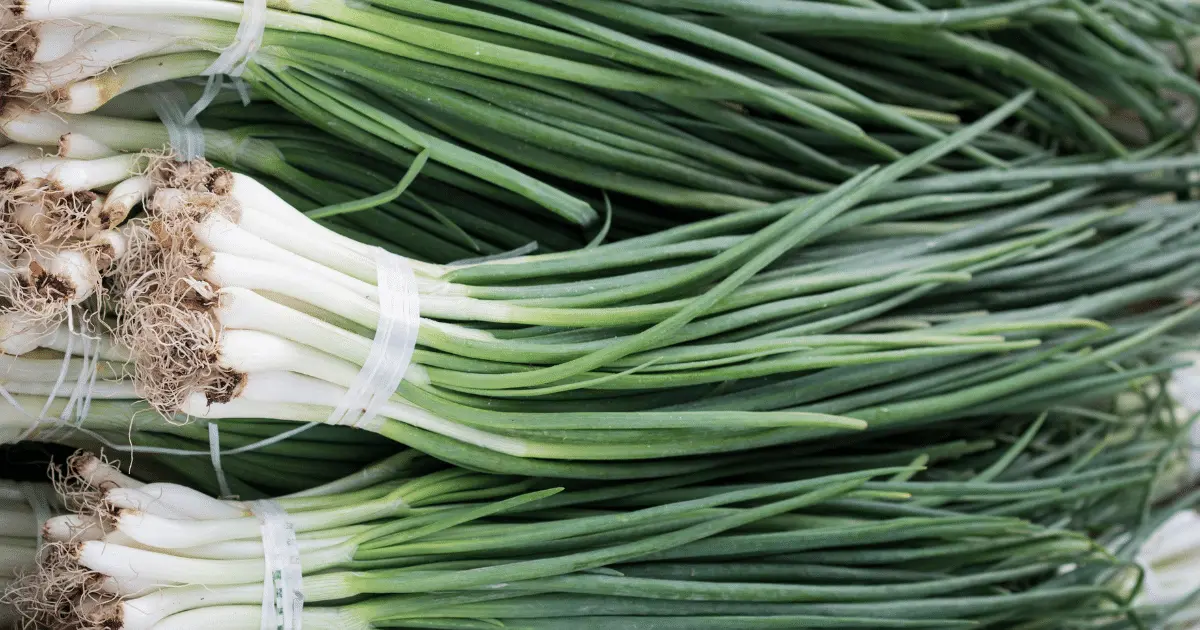
Chives (Allium schuenoprasum) are edible green vegetables with a mild onion-like flavor. Besides parsley, chives are a great companion plant for many different crops. They grow well when planted with parsley because they attract pollinators and help deter pest insects.
10. Peas
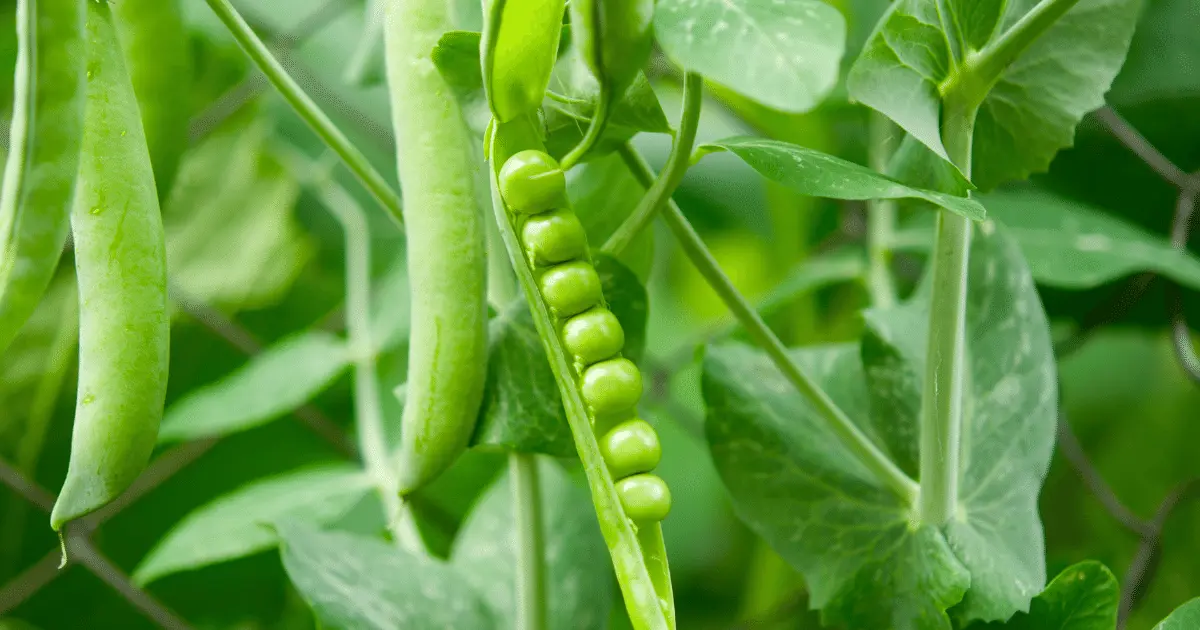
Peas (Pisum sativum) is a leguminous plant cultivated globally for its nutritional value. Peas are mutually beneficial with parsley and grow well when planted nearby.
11. Beans

Beans (Phaseolus vulgaris) are vulnerable to cutworms. They are also excellent parsley companion plants because they help keep the cutworms away. Beans attract cutworms, while parsley attracts tachinid flies. Moreover, the pests drawn to parsley are great for eating the insects off beans.
12. Beets

Beets (Beta vulgaris subsp) grow well when planted together because beets promote the growth of parsley. These two plants complement each other, meaning they both need nitrogen to produce their edible bulbs, and parsley is one of the most excellent nitrogen suppliers. However, beets might occupy a lot of space, so it’s best to grow them in your garden bed or container.
13. Radish
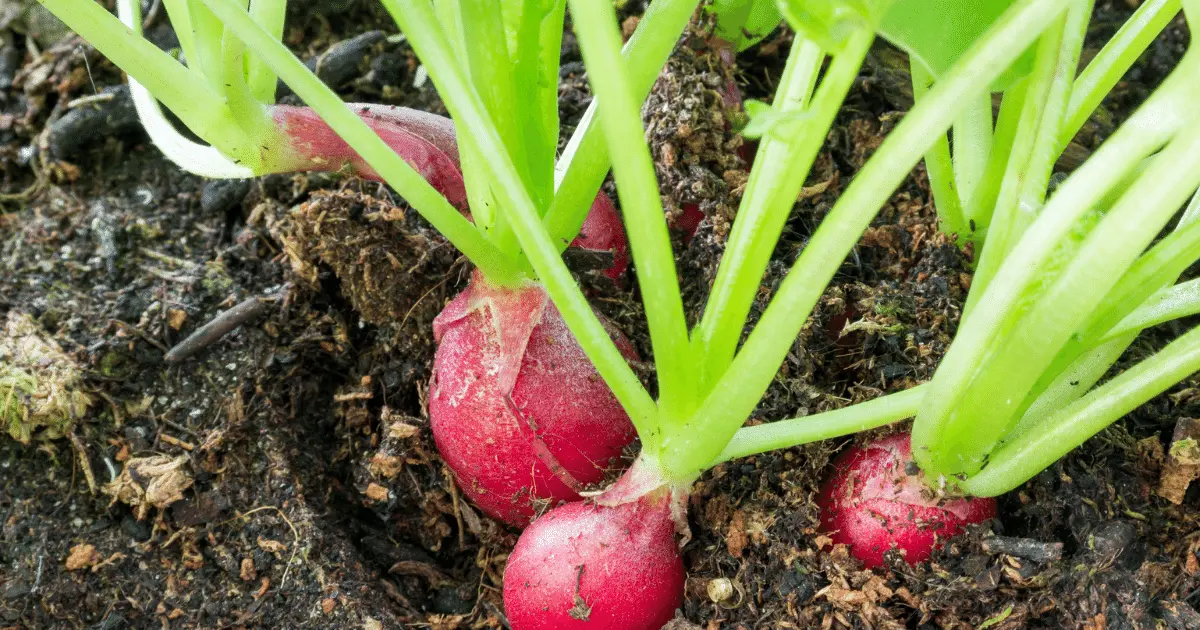
Radish and parsley work well when planted together. Parsley improves the taste and texture of radishes and repels pests like aphids.
14. Celery

Celery (Apium graveolens) is a vegetable rich in fiber. It is also considered a difficult crop to grow as you need to start growing from seeds indoors, and the plant is prone to bolting in cold weather. Celery promotes healthier parsley growth, draws beneficial insects, and deters pests.
15. Fennel

Fennel (Foeniculum vulgare) benefits from being planted with parsley because they are both shallow-rooted plants that require a lot of moisture close to the soil’s surface.
16. Lavender

Lavender (Lavendula spp) is more than just an aromatic herb, it is one of the most beautiful and valuable plants to add to your garden. Just like many other herbs, parsley grows well with lavender.
17. Oregano

Oregano (Origanum vulgare) and parsley are excellent sources of antioxidants and vitamins in daily diet. Oregano is a good companion plant to parsley because parsley plants are more susceptible to sucking insects like aphids.
18. Dill
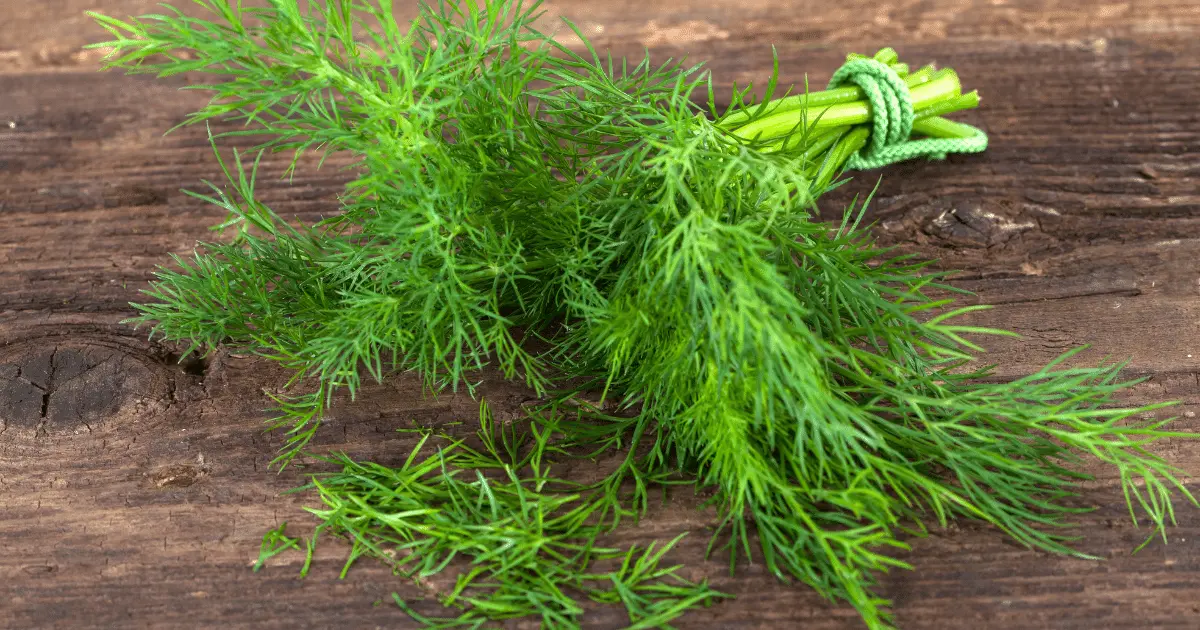
Dill (Anethum graveolens) is an excellent parsley companion plant. Both herbs do not require full sun as they can damage them. Plant them on the east or north side of your garden. If you prefer planting them indoors, keep them close to the window where they’d get indirect sunlight.
19. Brassicas

Brassicas are prone to cabbage worms and cutworms that pose a lot of damage to plants like kale, cauliflower, and cabbage. Parsley attracts beneficial insects that prey on these plants.
20. Coriander

Coriander (Coriandrum sativum) is an excellent parsley companion plant as it can attract beneficial insects to the plant. Coriander grows best in full sun and well-drained soil but can tolerate partial shade. You can grow coriander in pots or trays filled with good multipurpose compost.
21. Sage

Sage is a valued herb known for its medicinal use and essential oil richness. When planted with parsley sage (Salvia officinalis) will help deter pests and attract pollinators.
22. Cilantro

Cilantro (Coriandrum sativum) grows well with parsley since they have similar water and fruit needs. Plant these herbs together in one herb-garden container for easy watering.
23. Rosemary

Rosemary (Salvia Rosmarinus) and parsley complement each other and can be grown together in a window box.
24. Marigolds
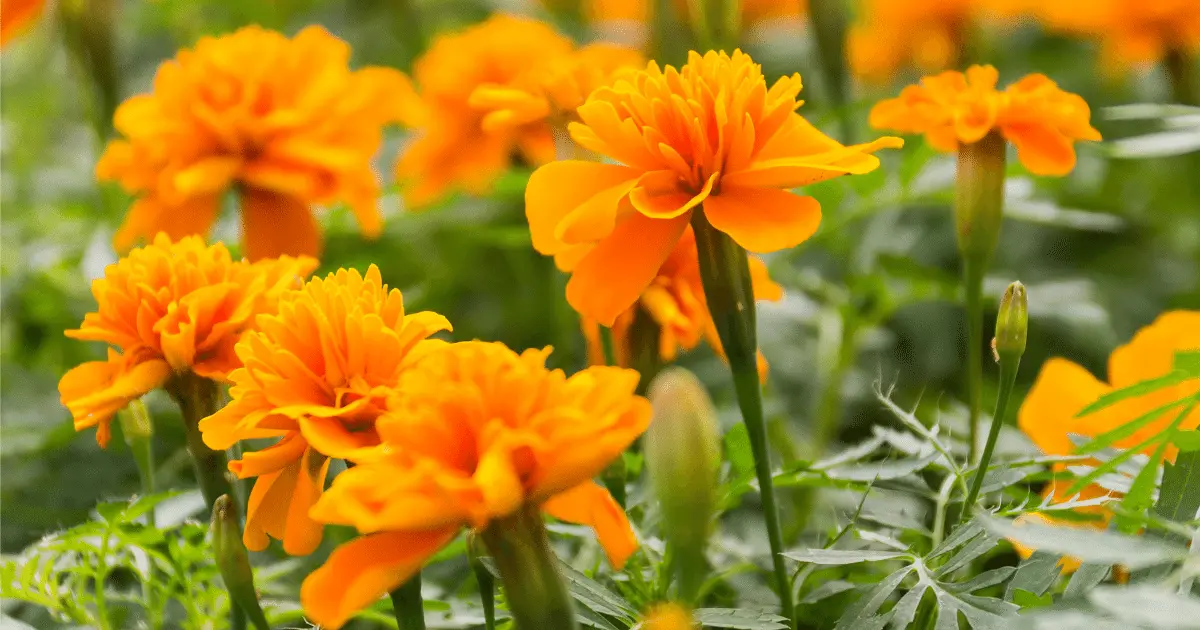
Marigolds (Tagetes) are one of the friendliest flower companion plants that grow well when planted with parsley.
You might want to check out: 50 Summer Flowers to Plant
25. Nasturtium

Nasturtium (Tropaeolum) is a genus of 80 species of annual and perennial herbaceous flowering plants. Nasturtiums are grown in the herb garden for their distinctly peppery flavor, and they are also grown in the flower garden for their array of bright colors. Nasturtiums can repel whiteflies, cabbage pests, and squash bugs, while flowers attract hummingbirds.
26. Zinnias
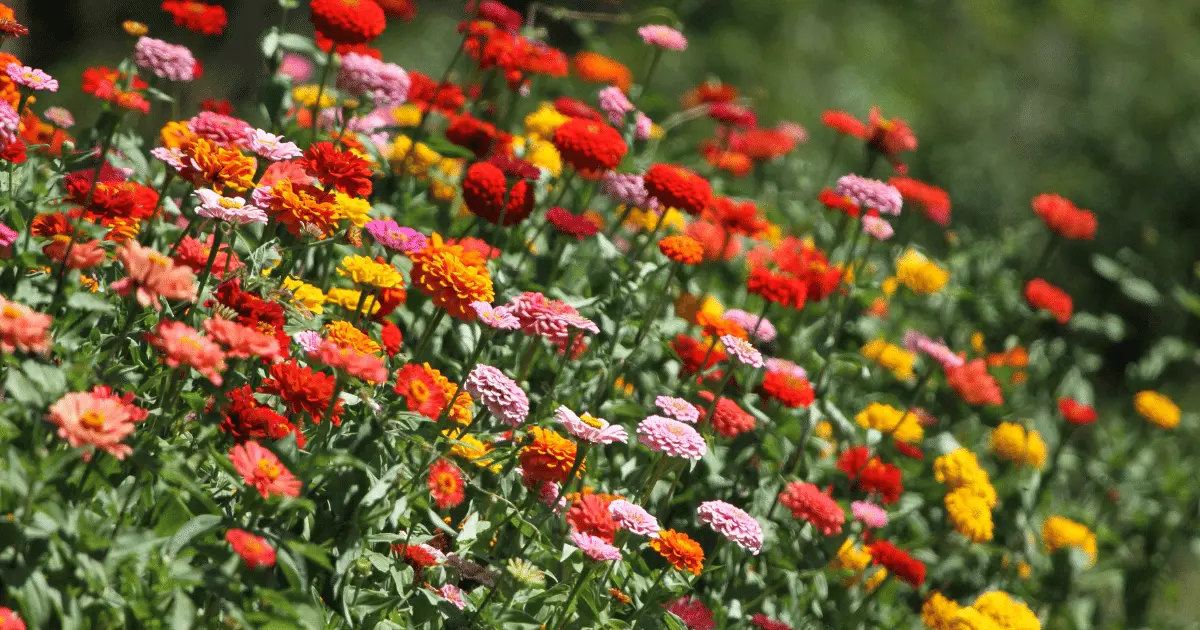
Zinnias (Zinnia spp) are beautiful annual flowers that are easy to grow from seed and have an exciting history. They may be as short as six inches or tall as three feet.
Zinnias are tolerant of all but wet soils and need exposure to full sun. Zinnias attract pollinators, especially butterflies and hummingbirds.
27. Marjoram
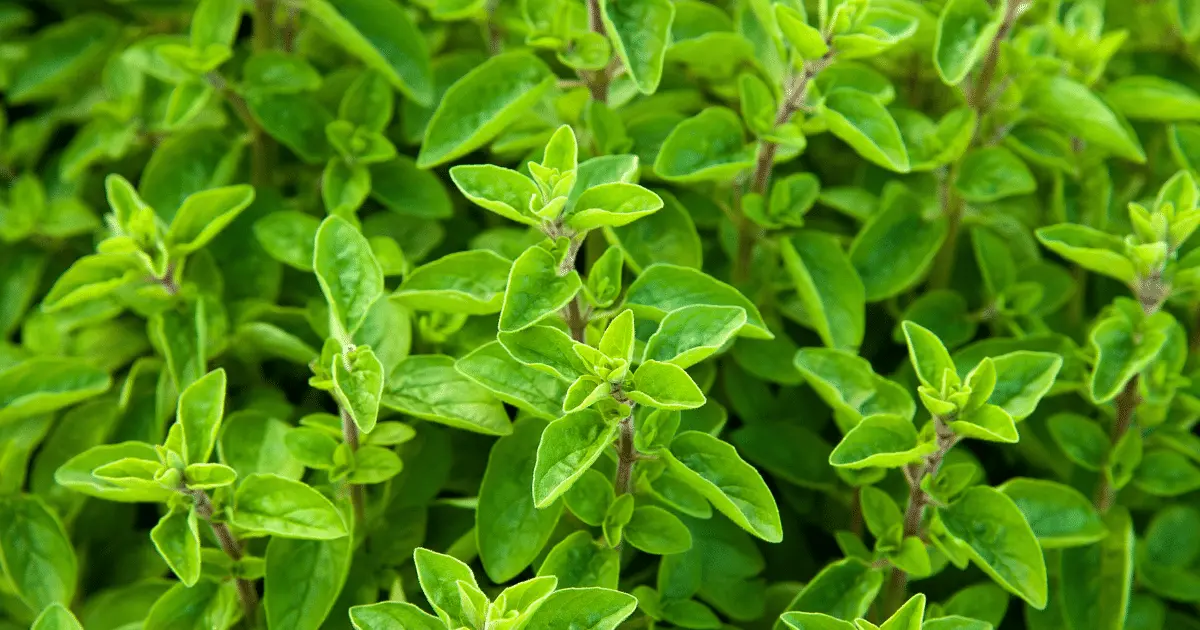
Marjoram (Origanum majorana) is a soft perennial herb member of the mint family. The herb can be grown in gardens, and it is commercially cultivated.
It has small, oval-shaped leaves and white or pink flowers. Marjoram is also used to flavor food, and it has a slightly sweet taste. Majoram is a great herb and will stimulate growth in the parsley plant.
28. Thyme
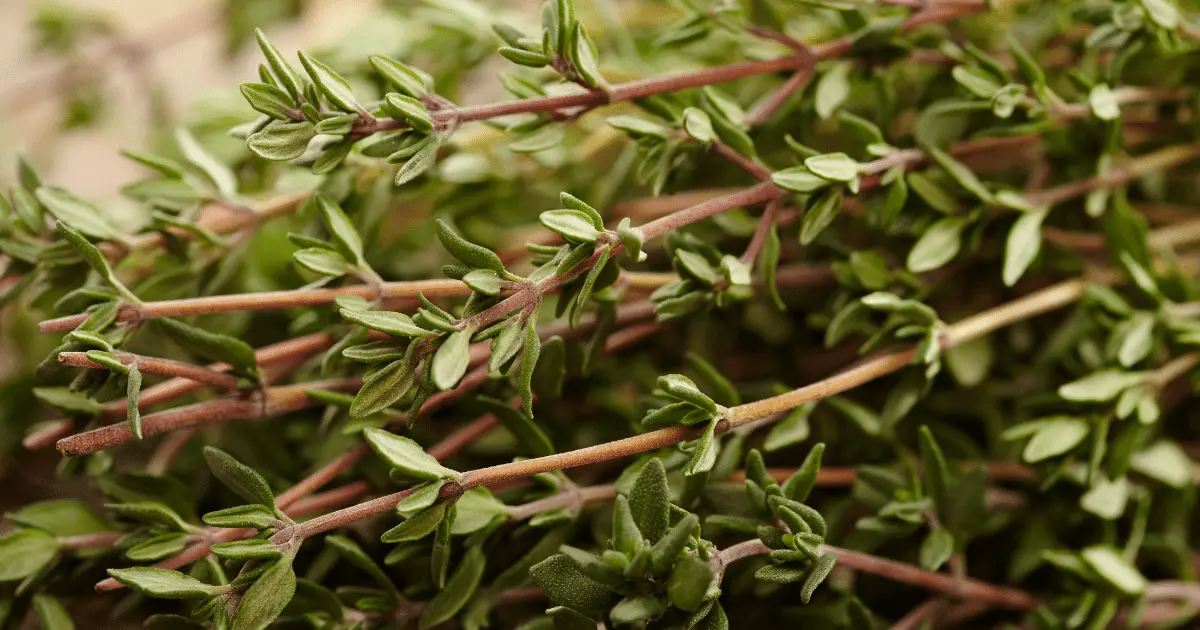
Thyme (Thymus vulgaris) is an essential medicinal plant commonly used as a flavoring agent. Thyme is used to season all kinds of dishes either by itself or as a blend or bouquet garni with other common herbs like rosemary, sage, and marjoram.
It is robust and hardy and will increase in your home garden during growing months or in an indoor planter all year round. When planted with parsley, thyme will do a great job in keeping off pests that attack your parsley plants.
29. Lovage

Lovage (Levisticum officinale) is a perennial plant that belongs to the Apiaceae family. Lovage is a slight spice crop that has been grown for its aromatic fragrances, ornamental aspects, and medicinal properties for a long time.
The leaves and seeds are often used in seasoning, and the rhizome and roots are used medicinally. Lovage is considered a beneficial companion plant for nearly all plant species.
30. Savory
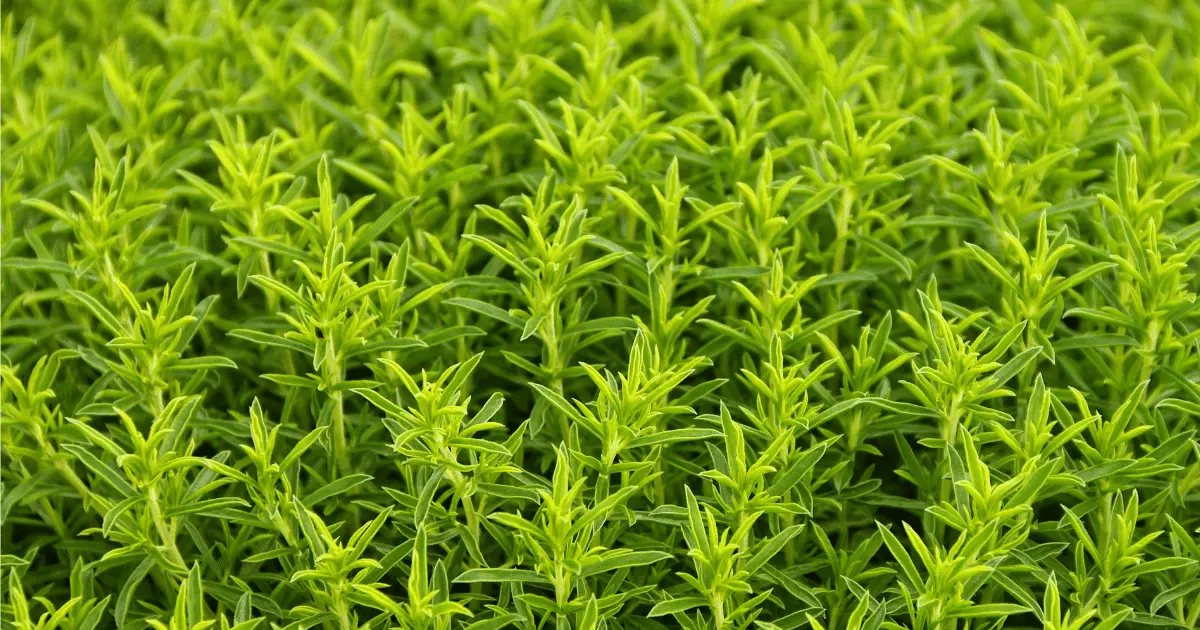
Savory (Satureja spp.) is an aromatic plant of the family Lamiaceae. The plant has many thin, branching stems with a purple cast covered in fine hairs.
Savory thrives best in rich, moist, well-drained soil and full sun. Savory is a great companion plant as it masks the scent of parsley plants, making them hard for insects to find.
What You Can’t Grow With Parsley
While looking for the best parsley companion plant, remember that not all plants will benefit from proximity to parsley. Some of these plants include carrots, lettuce, mint, and alliums.
1. Carrots
Carrots and parsley have similar growing requirements and will compete for nutrients in the soil.
2. Lettuce
Lettuce can cause your parsley plant to bolt too early and attract hoverflies that will eat the lettuce.
3. Alliums
Alliums will stunt the growth of your parsley, so it’s best to plant them on the other side of the garden. Examples of alliums include garlic, onions, and shallots.
4. Mint
Mint and parsley come from the same family, so that they will compete for nutrients. They also attract the same kind of pests.
